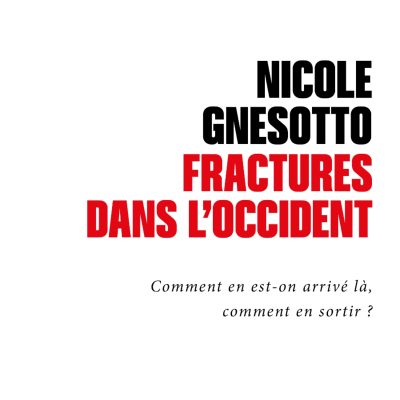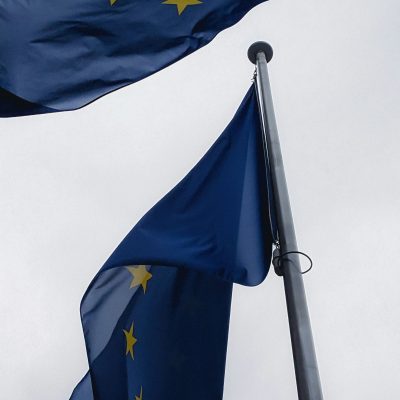[FR] From institutional reforms to politicisation
Or how the European Union of the Lisbon Treaty can be of interest to its citizens

The implementation of the Lisbon Treaty marks the beginning of a new phase in the development of the European Union. The many obstacles that have littered the path to its ratification have led to widespread institutional fatigue, ruling out, probably for some time, any large-scale reform of the existing Treaties. On the one hand, the sense of relief is legitimate. The EU can now focus its efforts on the potential of this new Treaty and develop the policies it so badly needs in a globalised world facing enormous challenges such as climate change, migration and growing inequality. The current context of unprecedented economic crisis and fragility in the eurozone only adds to this sense of urgency. On the other hand, there is a trap into which the EU could easily fall: that of focusing exclusively on what needs to be done and forgetting to think about how it should be done. The growing distance between the EU and its citizens, which has once again been highlighted by the results of recent referendums, elections and European surveys, must be taken seriously (1). In this perspective, the question of “how” becomes central. The popularity of the European project may grow if the EU manages to develop certain policies. But connecting with citizens ahead of decisions is fundamental to the clarity and legitimacy of action. Citizens need to feel that they can influence not only the pace of European integration but also its content, and that they can do so through an identified democratic process. This requires more open political debate within the European institutions, allowing citizens to identify the policy options and participate in the debate. However, the politicisation of the EU institutions must be achieved in a way that is consistent with the nature of the EU and does not diminish its ability to reach compromises (2). Very concrete steps can be taken today to move in this direction (3).





